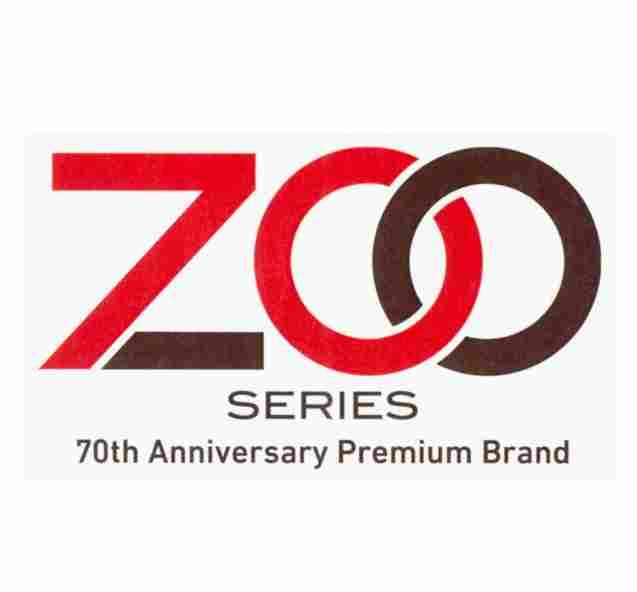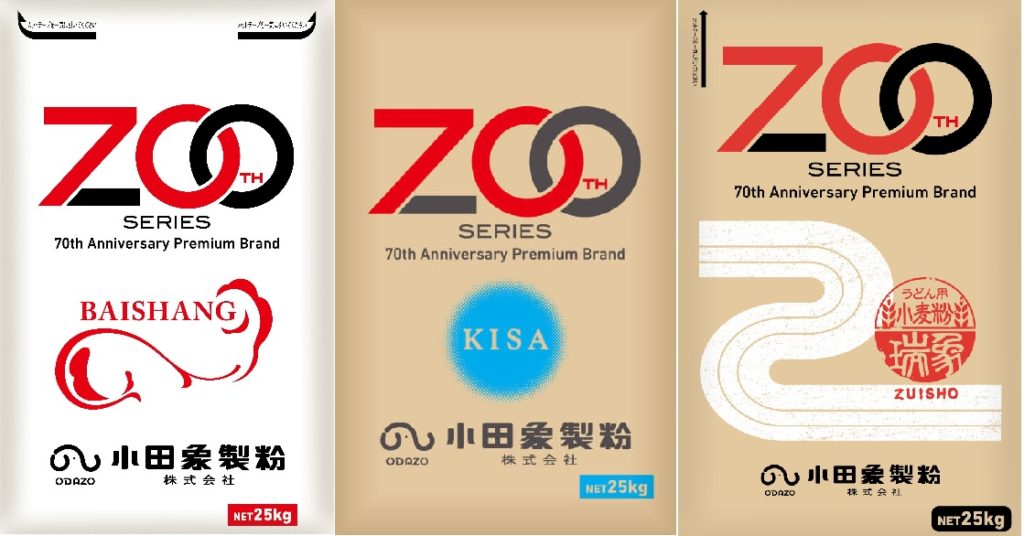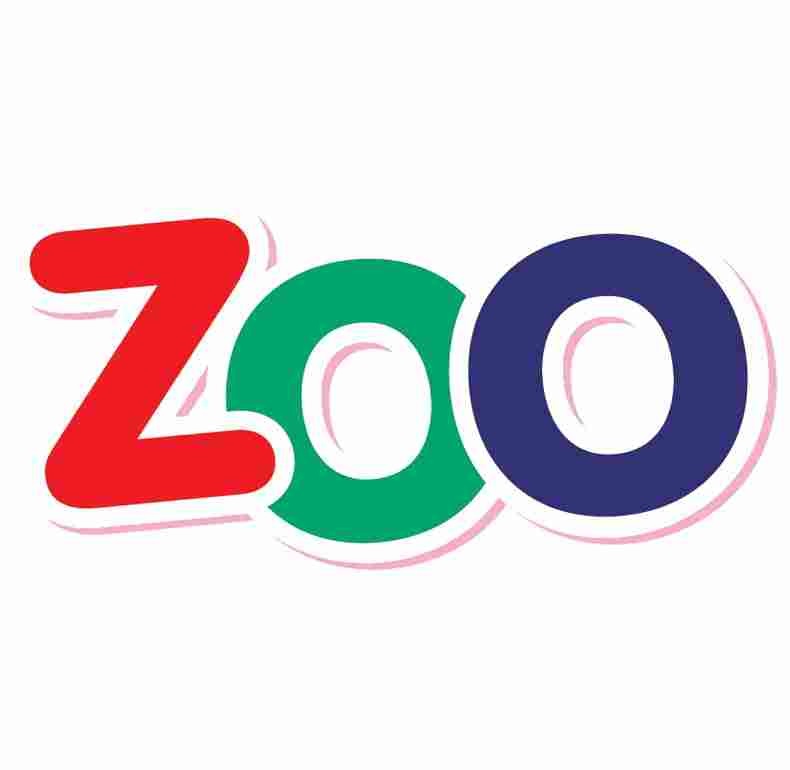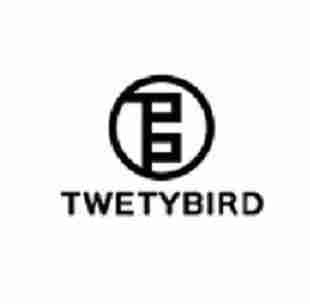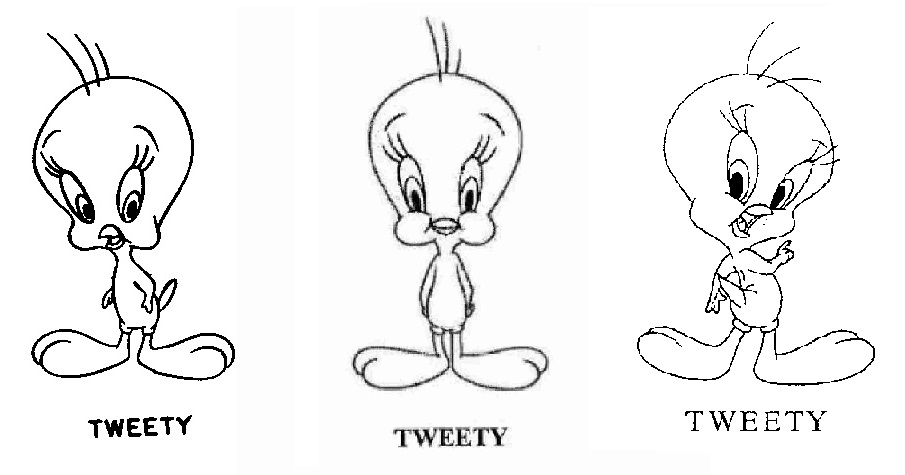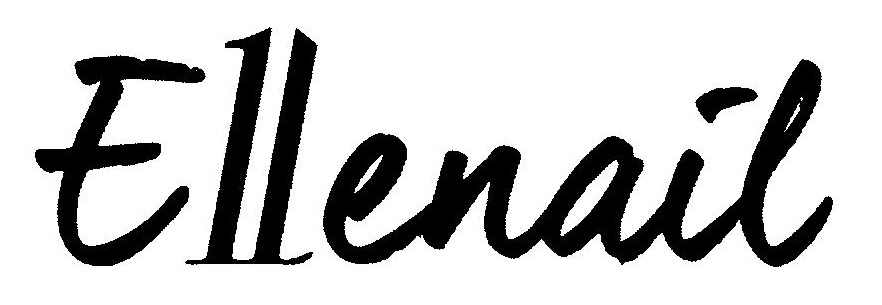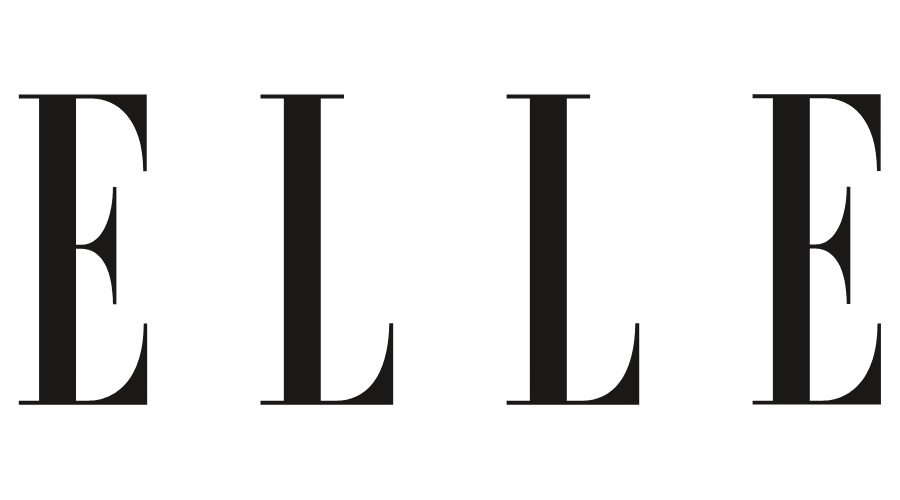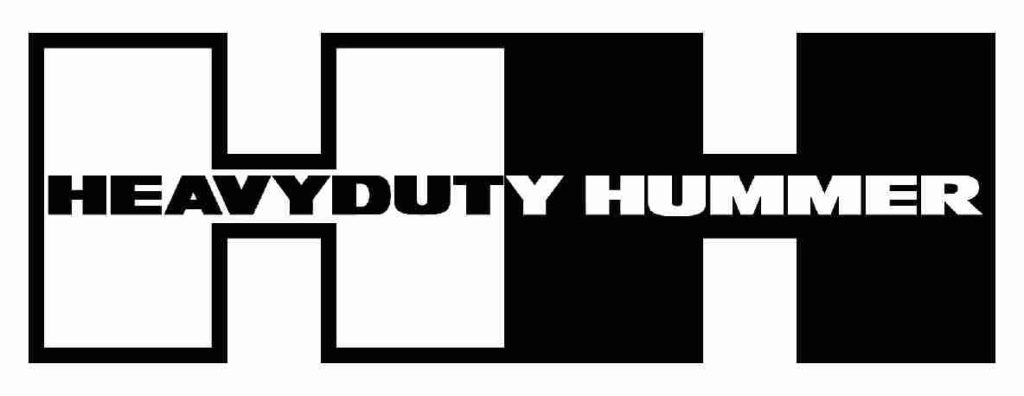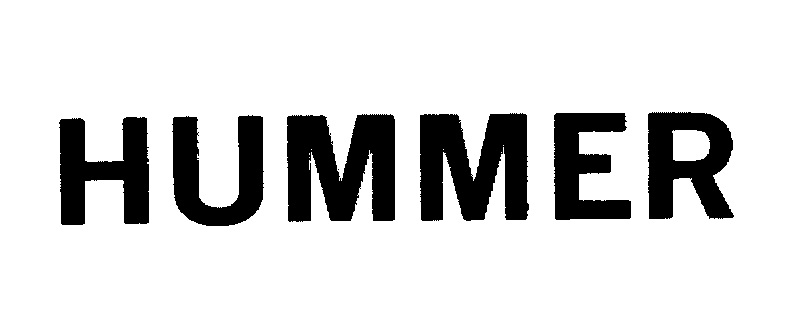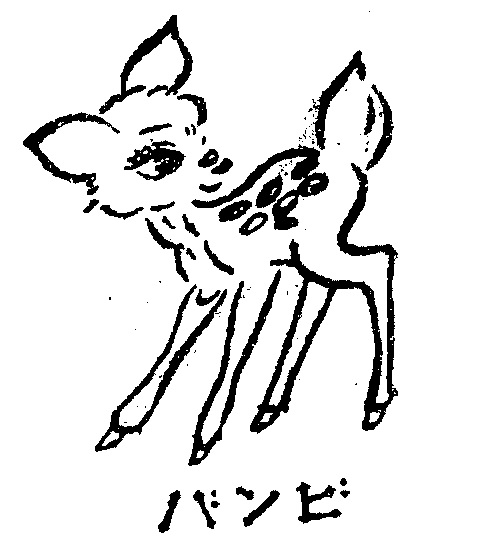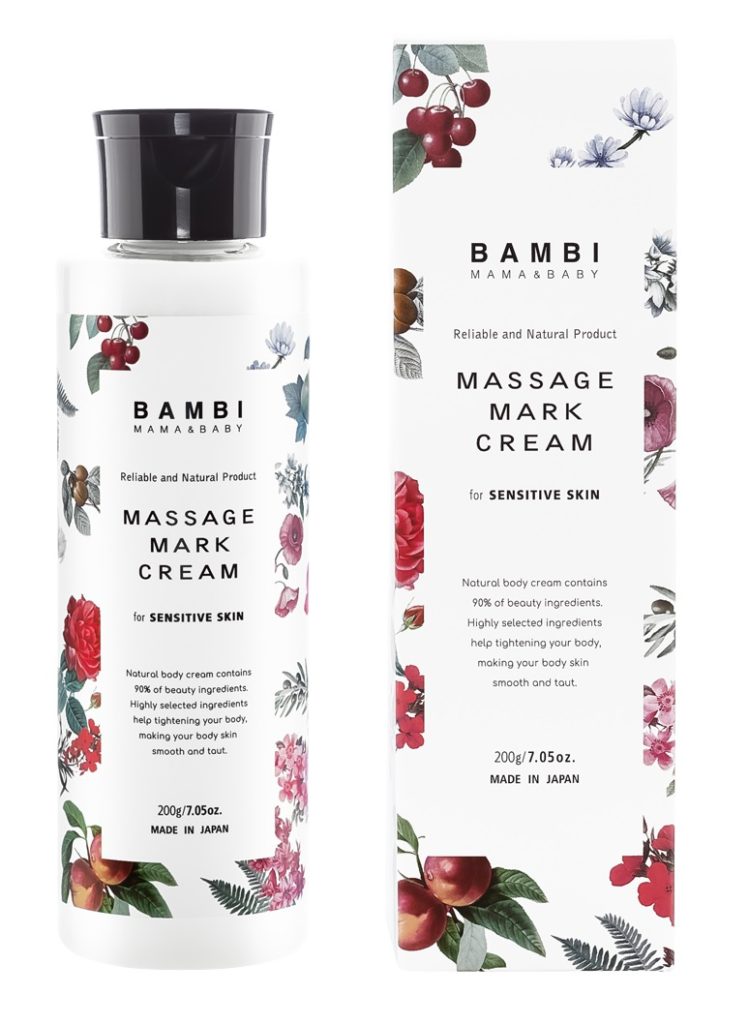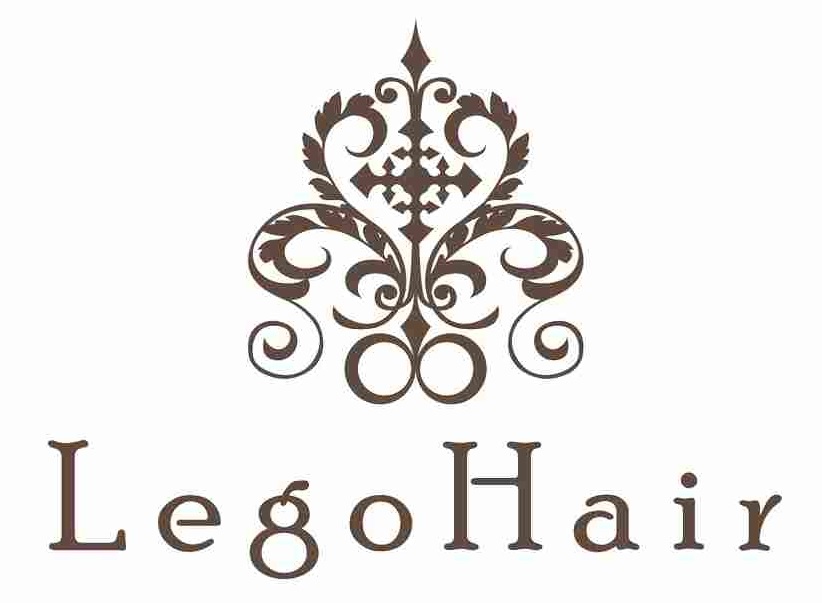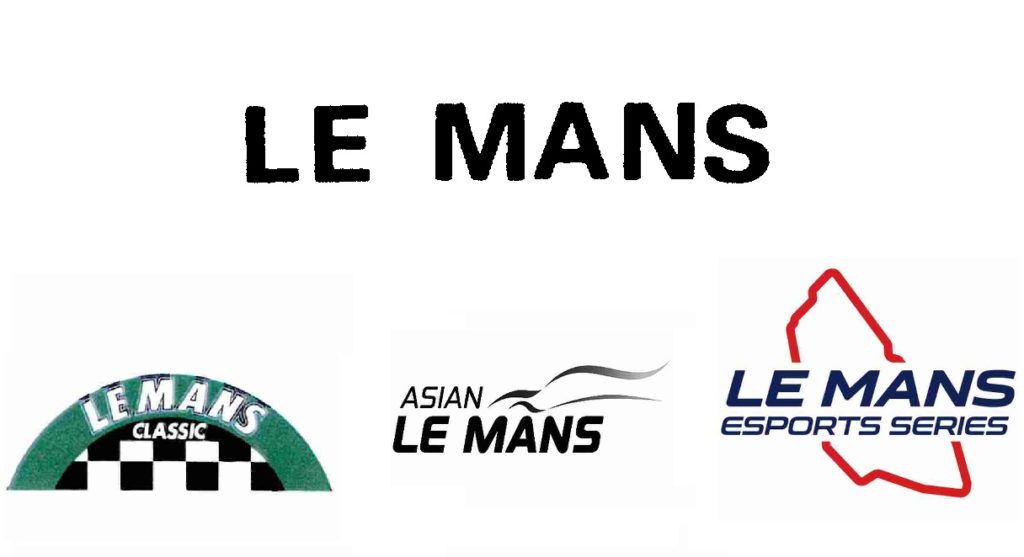In a recent decision, the Japan Patent Office (JPO) declared invalidation of TM Reg no. 5947687 for the word mark “Swan Angel” in class 41 due to a similarity to “ANGEL SWAN”.
[Invalidation case no. 2022-890031, Decision date: December 1, 2022]Swan Angel
Disputed mark, consisting of the wordmark “Swan Angel” in standard character, was filed for use on various services including ballet school in class 41 with the JPO by a Japanese individual on October 5, 2016, and registered on May 19, 2017 (TM Reg no. 5947687).
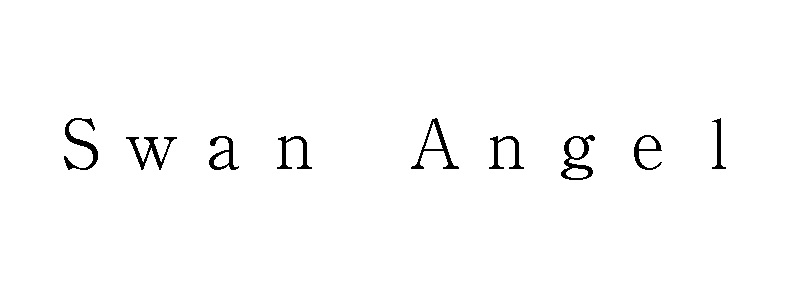
Invalidation petition
On May 10, 2022, just before the lapse of a five-year statute of limitations, an owner of earlier TM Reg no. 5509646 for wordmark “ANGEL SWAN” in standard character filed a petition for invalidation against the disputed mark.
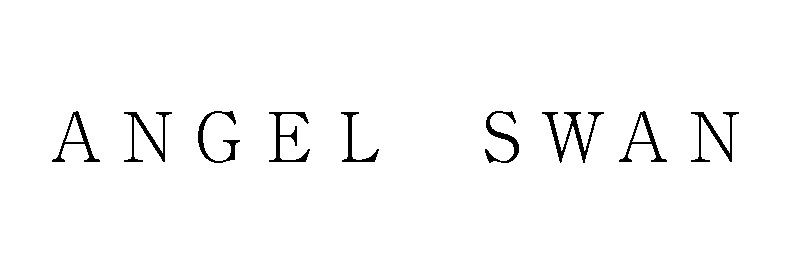
The owner argued disputed mark shall be invalidated in contravention of Article 4(1)(xi) of the Japan Trademark Law by stating “Swan Angel” is confusingly similar to “ANGEL SWAN” and ballet school and other services pertinent to ballet is deemed similar to the service in class 41 designated under the earlier mark since it also relates to ballet.
JPO decision
In an assessment of the similarity of marks, the JPO Invalidation Board stated:
Both the disputed mark and the cited mark consist of the two English words, “Swan” and “Angel”, commonly known among general consumers in Japan and it is reasonable to assume that relevant traders and consumers at the sight of both marks will see the words being placed in reverse order.
Even if there is a difference in the order of two words between the marks, the Board has no reason to believe the difference gives rise to any distinct meaning as a whole.
If so, relevant traders and consumers are likely to recognize the respective marks as a combination of “swan” and “angel” in sound and concept irrespective of the reversed order.
In this respect, both marks look similar in appearance because of the same words, font, and alphabet.
Based on the foregoing, the Board found the disputed mark “Swan Angel” is confusingly similar to the cited mark “ANGEL SWAN” from visual, phonetical, and conceptual points of view.
Taking account of another factor that respective services pertinent to ballet are deemed identical or similar as well, the Board concluded the disputed mark shall be retroactively invalidated in contravention of Article 4(1)(xi).

